Greenwashing 2.0
Are Food Giants Really Regenerating or Just Rebranding?
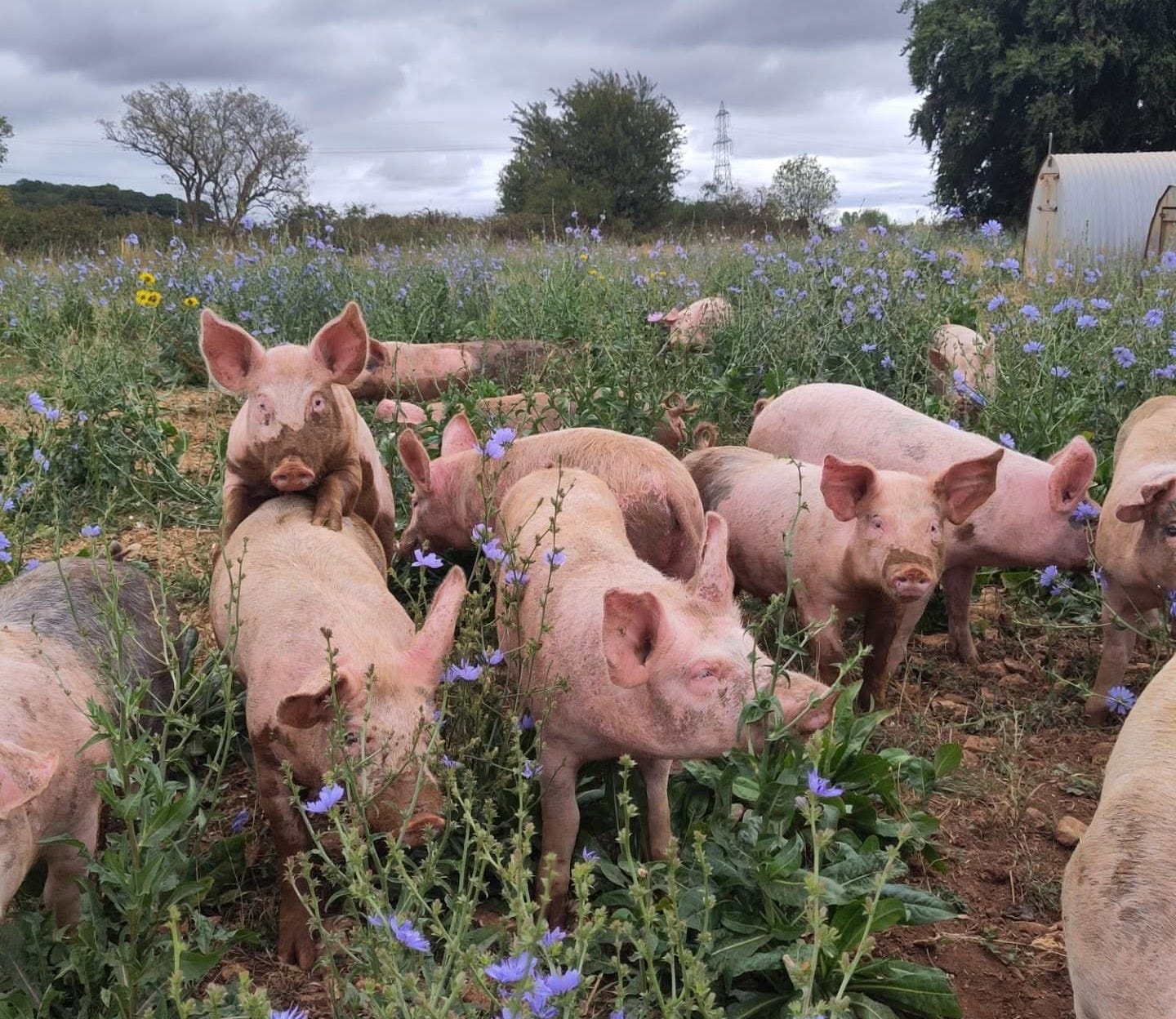
In short: “Regenerative” is becoming widely used everywhere, but does it mean real change or just clever marketing? Let’s look at what’s actually happening in the fields, who’s setting the standards, and what needs to change.
Did you know that 61% of pesticides used in Big Food’s so-called “regenerative” systems are classed as highly hazardous (Friends of the Earth)? Unilever’s latest campaign promises 35% less water on Spanish tomato farms, but local reports say the region’s still in a water crisis and the farming model is all about industrial monocultures (GRAIN).
And in the UK? 70% of our land is farmed, but only 10% is managed for nature (Sustainable Food Trust). So, when you see “regenerative” in a supermarket, it’s fair to ask: are we seeing real change, or just Greenwashing 2.0?

What Does “Regenerative” Even Mean?
Regenerative agriculture, at its best, means leaving the land healthier than you found it. Think richer soil, more wildlife, and resilient farms. That could be no-till, cover crops, or livestock rotation practices that rebuild what industrial farming has worn down.
But here’s the catch: there’s currently no single, universal definition. That’s why the term is easy for brands to use, and sometimes abuse.
Quick comparison:
Organic: Certified, bans synthetic pesticides and GMOs, with clear standards (Wicked Leeks).
Agroecology: The application of ecological principles to agricultural systems and practices. (The Food and Land Use Coalition)
Regenerative: Often undefined, and sometimes just a marketing term, especially when used by corporations.
Who’s Using “Regenerative” and How?
Big food brands and agrochemical giants are jumping on the “regenerative” bandwagon. Here’s what’s really going on:
Nestlé: Their “Net Zero Roadmap” sounds impressive, but As You Sow report (July 2025) gave them a “D” for vague promises and no real metrics.
PepsiCo: Partnering with Syngenta for “regenerative” farming, but 61% of their no-till pesticides are highly hazardous (FOE).
Unilever: Touts water savings in Spain, but GRAIN highlights that these are monocultures in a region struggling with drought.
General Mills: Talks up regenerative practices, but doesn’t set deadlines or allow for independent verification (Sustainable Views).
Bayer: Markets glyphosate as “regenerative” for no-till farming, paying farmers $12/acre even though glyphosate is linked to biodiversity loss and health risks (FOE).
As one farmer put it on X:
“A slap in the face to real farmers. Bayer profits, insects vanish.”
A 2023 FAIRR report found that, out of 79 of the world’s biggest food companies (worth $3 trillion), 50 mention regenerative agriculture. But only 31 set measurable targets, and just 16% share data (Wicked Leeks).
“Many food companies fail to set measurable goals for regenerative progress.”
Sustainable Views
Why It Matters
When “regenerative” is just a buzzword, everyone loses:
Consumers buy products that may not deliver on their promises.
Small farmers, like those I’ve worked with, get drowned out by big PR budgets.
The environment misses out on real benefits, like carbon storage and biodiversity, as profits take priority.
“Describing products as regenerative with chemicals gives a false sense of comfort.” EHSciences
“Corporate regenerative agriculture is about efficiency, not systemic change.” Local Futures
In the Field: My Experience
On my Hampshire farm, “regenerative” was never just a label it was a day-to-day reality. I rotated pigs across pastures, woodland & arable fields letting their rooting break up the soil and their manure feed it. We rotated often for the benefits of the land, and the regrowth and regeneration of the grazing we had covered was always so much better. I would often go back to fields after we had moved on to check for increased earthworms or wildflowers and always look for new wildlife habitats.
There were setbacks to regenerative farming, and the work was unpredictable (and very muddy at times). But one spring, I spotted wildflowers blooming where nothing had grown before a small win for nature, and a reminder that real change is slow and local.
No corporate scheme paid me for this unlike Bayer’s $12/acre glyphosate rewards.
“True regeneration is led by landworkers, not PR departments.” Landworkers’ Alliance
“The best organic farmers are regenerative, and the best regenerative farmers are organic.” Harriet Bell, Riverford
Agroecology: Why It Matters
Regenerative, organic, and agroecology all overlap, but agroecology goes further. It’s not just about farming differently it’s about justice, land access, and community. The UN’s 10 elements of agroecology frame it as a movement for food sovereignty and fairness, not just yield or carbon.
In the UK, 1% of landowners control half the land, and BPOC households face higher food insecurity (Landworkers’ Alliance). Agroecology asks us to look beyond outputs and think about who benefits and who gets left out.
“Agroecology is about justice, not just crops.” Landworkers’ Alliance
What Needs to Change?
If we want “regenerative” to be more than a slogan - dare I say it, there needs to be some kind of regulation for regenerative farming and not just a free-for-all.
We need:
Clear standards
Independent audits: No more self-reporting.
Real support for farmers
Policy action: Prioritise agroecology, land reform, and fair wages.
What you can do:
Buy direct from local farmers, look for Soil Association-certified organic, join a local CSA, or meet your farmers at the market. Ask questions real change starts with curiosity. An honest farmer using regenerative methods will always be proud to tell you how they have produced your food; a corporation will hide behind a label.
How to Spot a Regenerative Farmer
To spot a regenerative farmer, look for a focus on soil health think no-till farming, cover cropping, and composting, all of which protect and build soil structure and fertility. Regenerative farmers typically use minimal synthetic inputs like fertilisers and pesticides, aiming instead to foster natural ecosystems. You’ll often notice increased biodiversity through crop rotation, agroforestry, and integrating livestock. Most importantly, a true regenerative farmer leaves the land better than they found it, prioritising long-term ecological health over short-term yields.
If you’re ever in doubt, just ask the farmer about their practices - they’ll usually be proud to share.
Have you spotted greenwashing in your supermarket? Or found a local farmer doing agroecology right? I’d love to hear about your favourite local producer, or a time you questioned a label.
Further Reading
If you found this breakdown useful, please consider subscribing either for free or as a paid supporter. Right now, in-depth reporting like this is available to all free subscribers, but I’ll be introducing a paywall for future deep-dive analysis and report breakdowns.
I spend a lot of time digging into these reports, fact-checking, and translating industry jargon into something real and honest for you. If you value independent, farmer-led commentary and want to see more of it, becoming a paid subscriber (or simply sharing this post) genuinely helps keep this work going. Every bit of support is appreciated and helps hold the food system to account.
If just 5% of my readers tipped £1/$1 this essay would pay for itself in terms of time spent working on it.



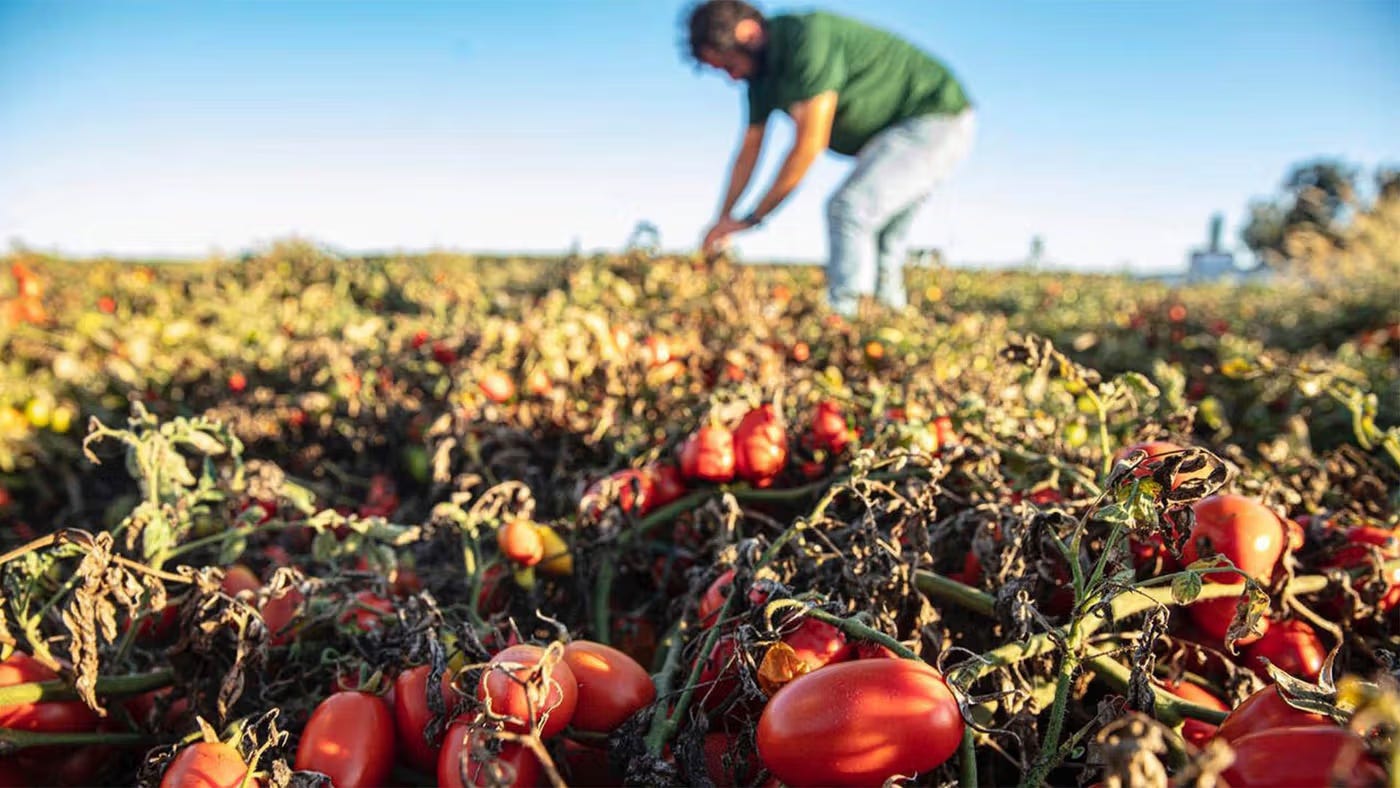
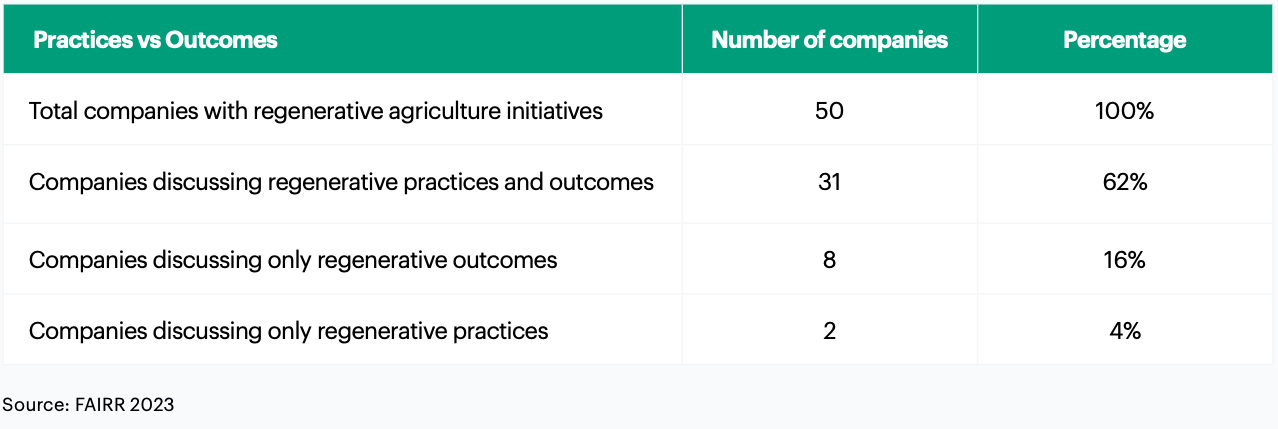
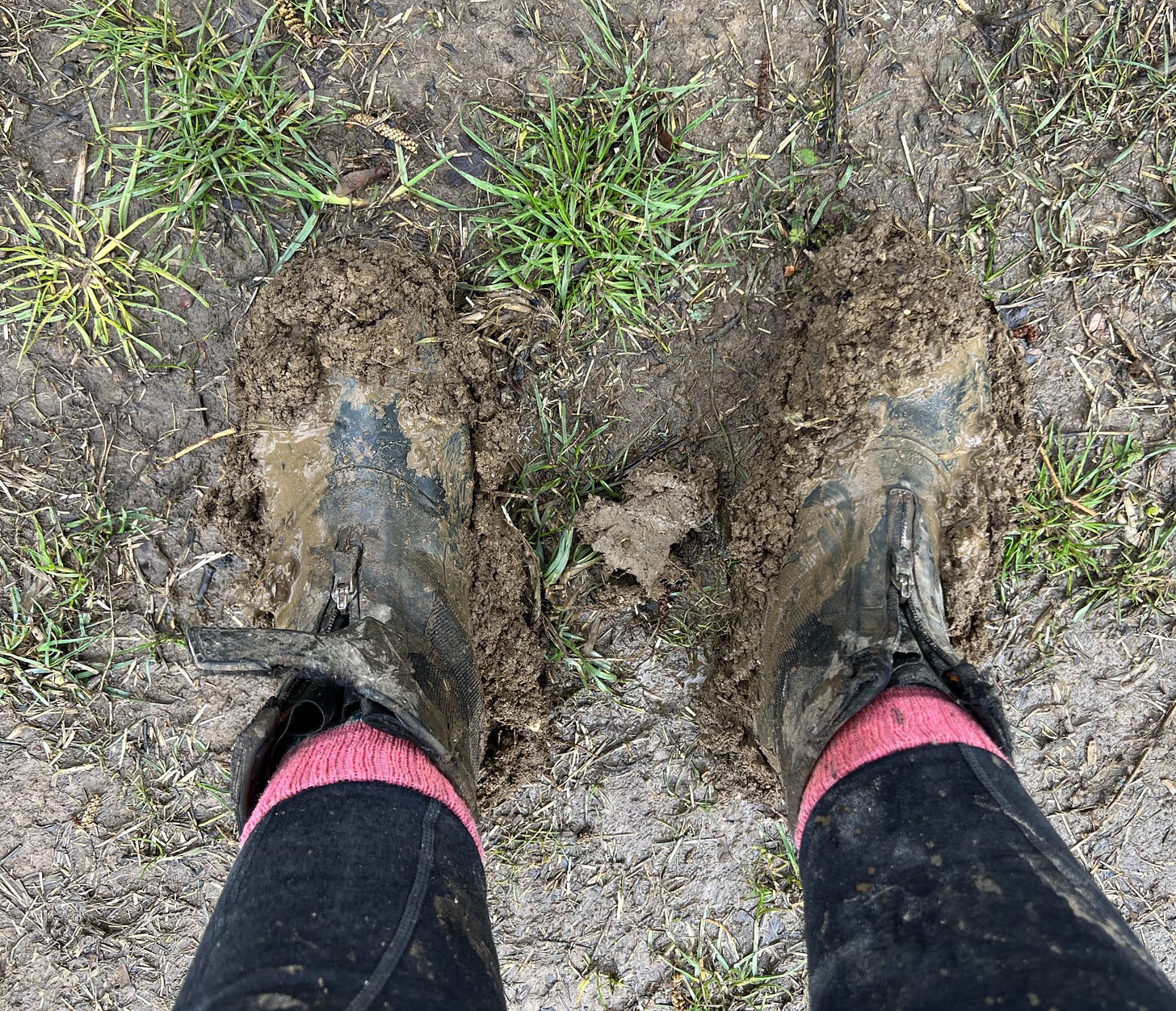
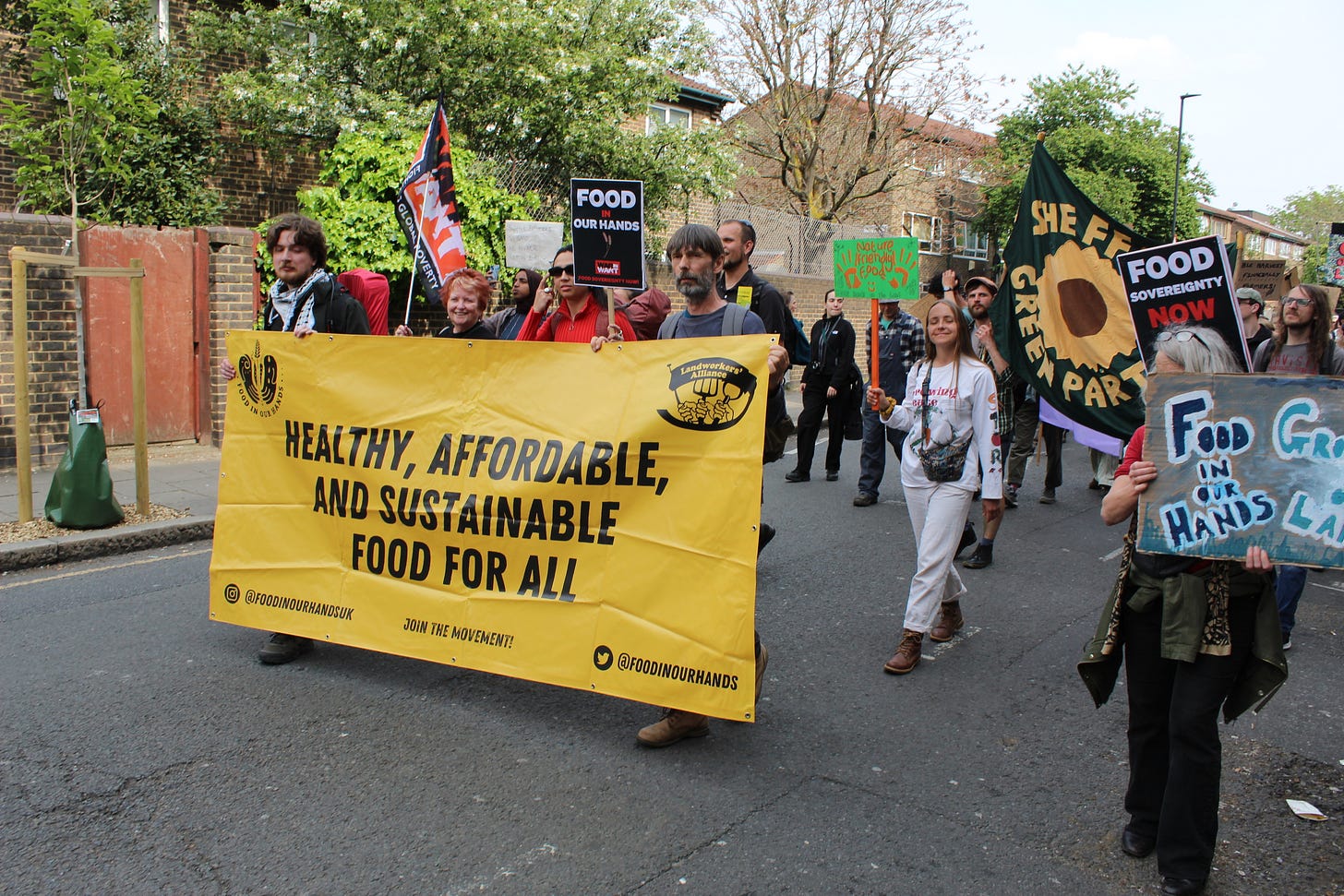
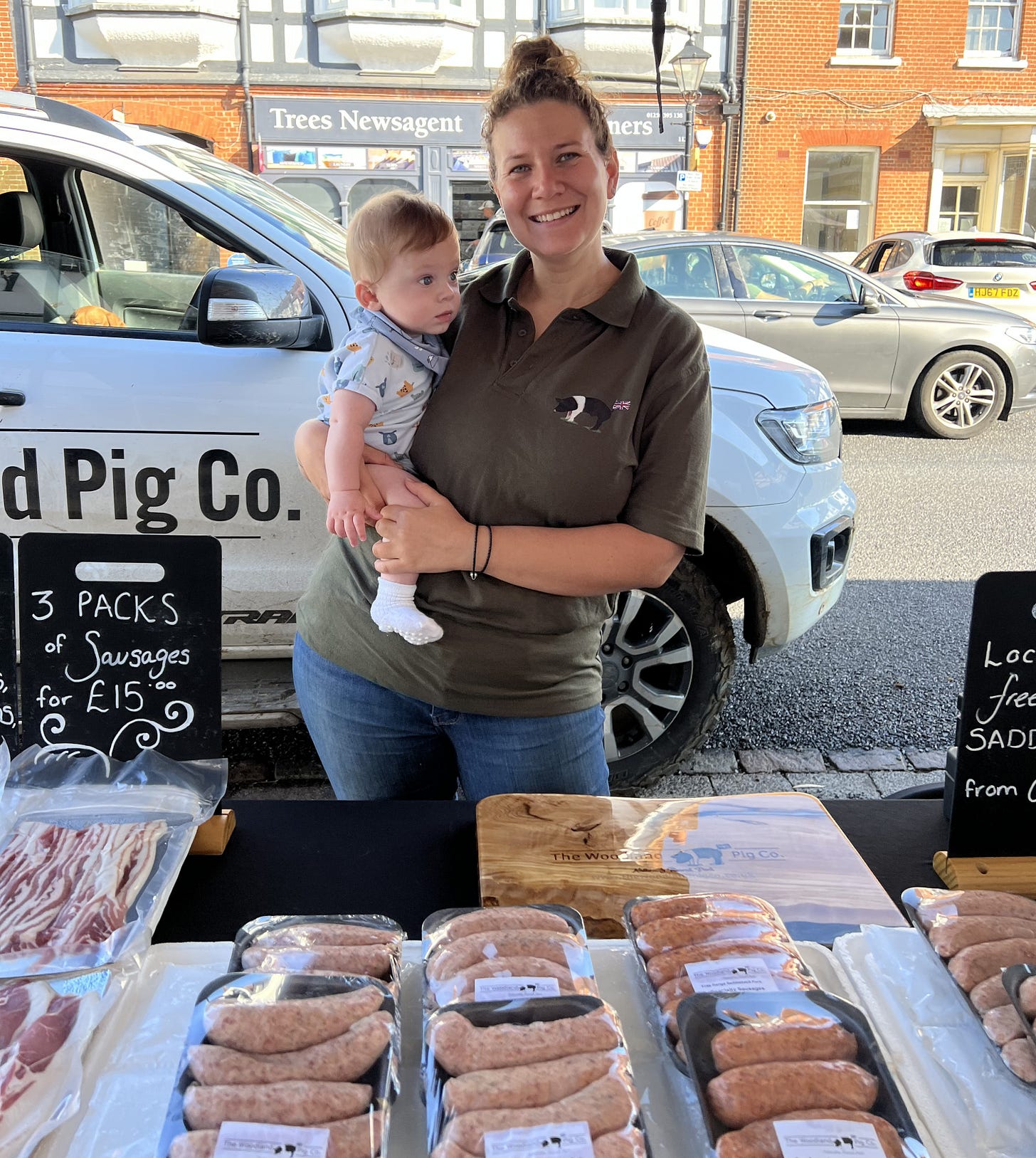
Agreed! We need actual rules to state who is allowed to market as regenerative. When whoever can slap that label on everybody loses except the big corporations!
Nice pic of the author and the next generation of regenerative warriors !